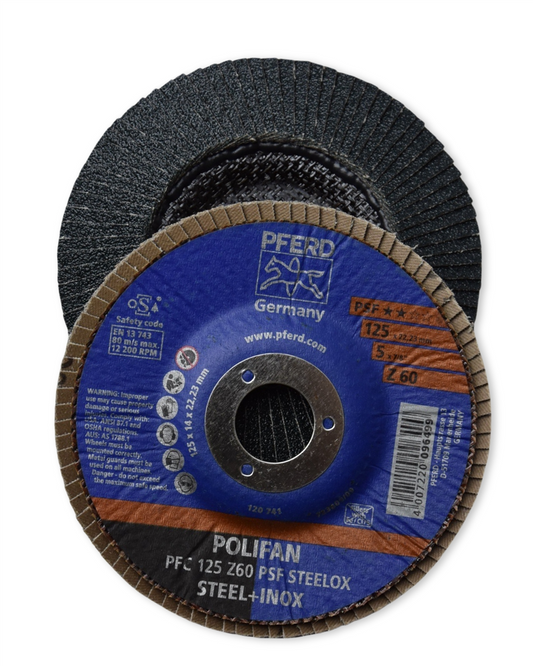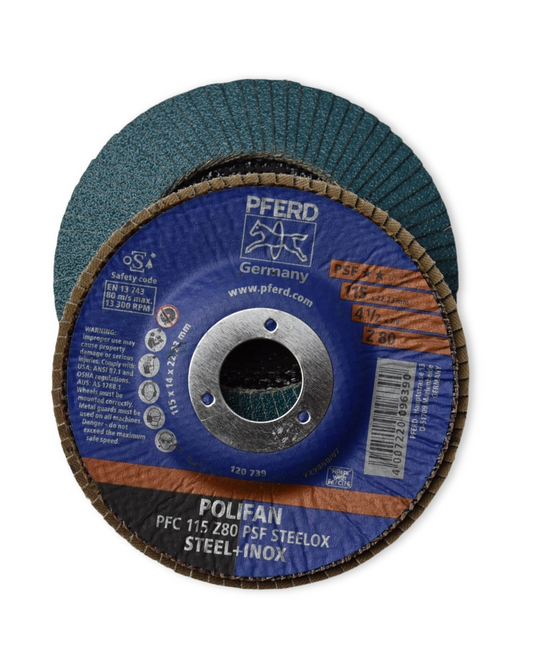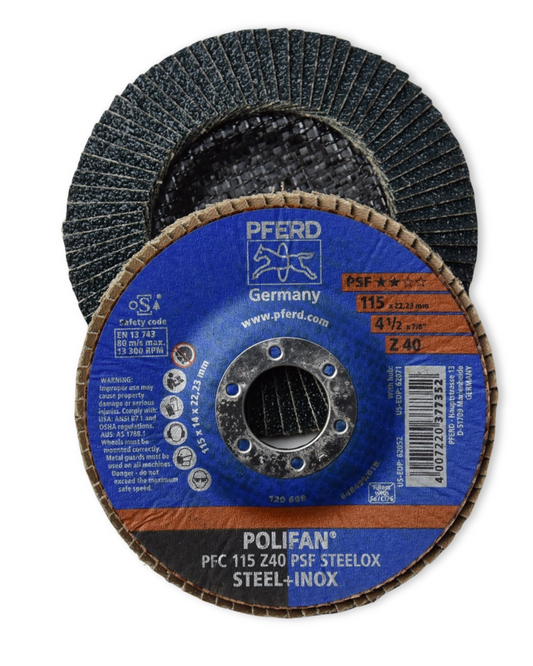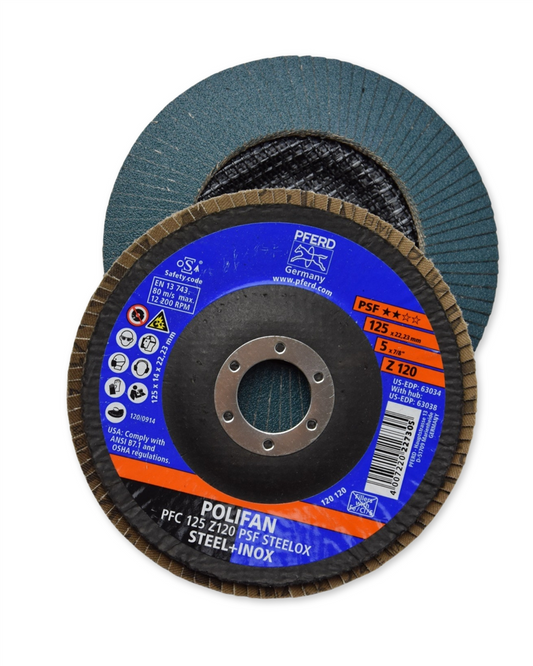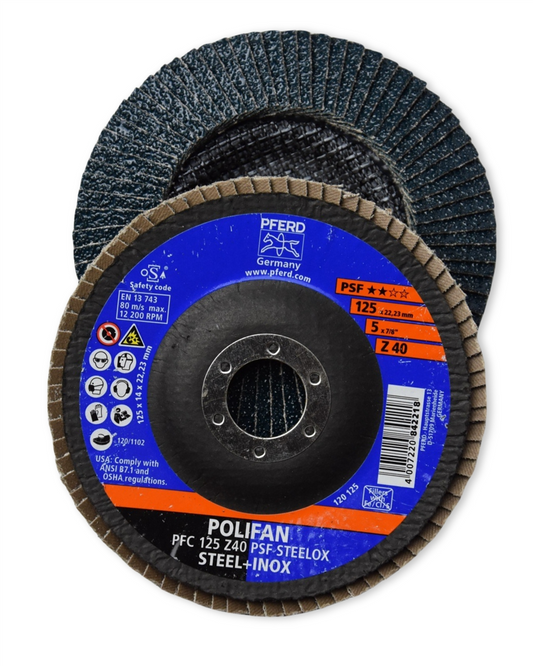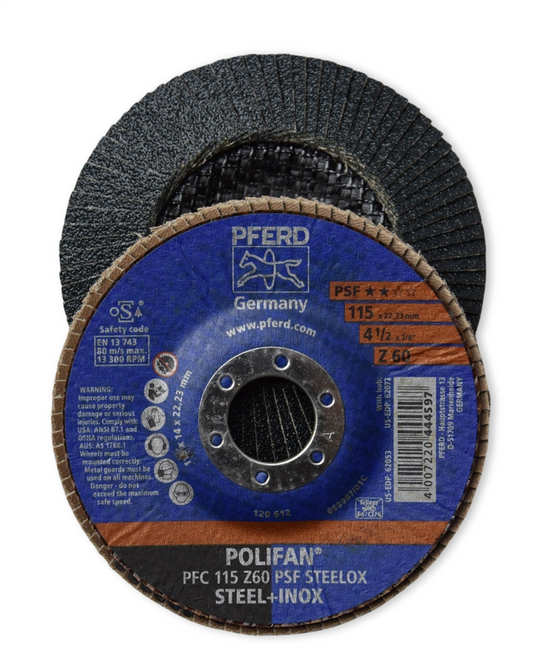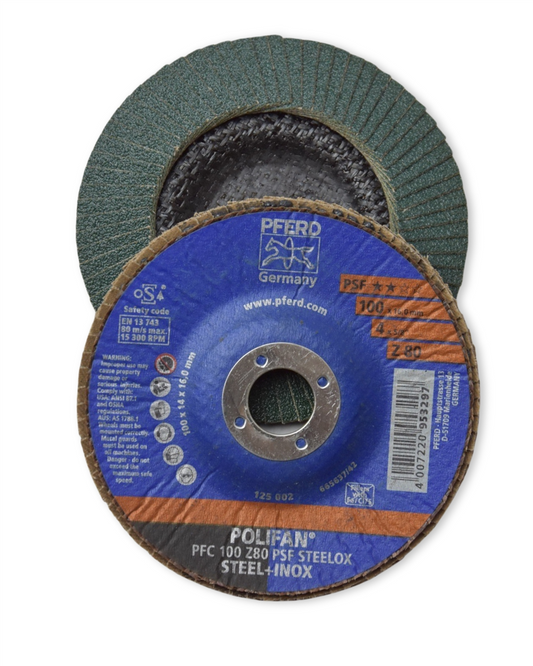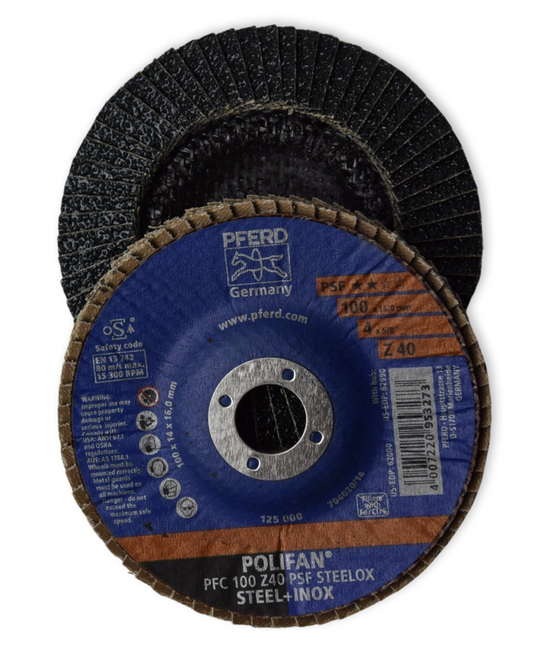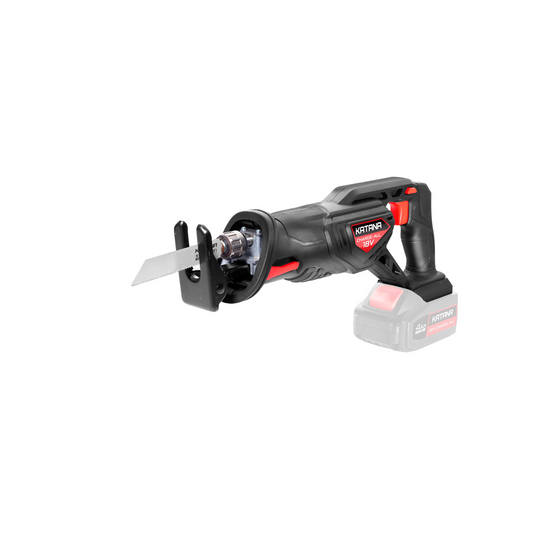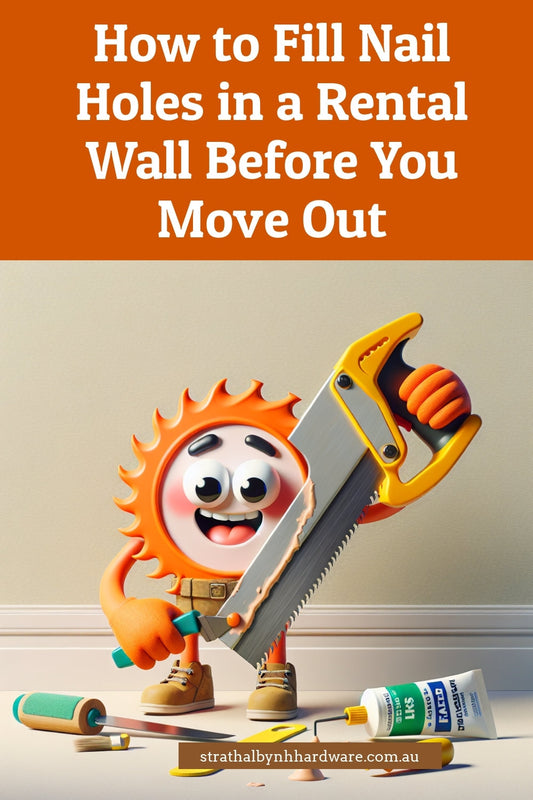How to Install a Basic Stormwater Drainage System at Home
Share
Keep Your Property Dry with This Simple Stormwater Drainage Installation
Ever stepped outside after a heavy downpour and found your backyard looking more like a swamp than a garden? You're not alone. Poor drainage can turn even the loveliest outdoor spaces into muddy messes. The good news? You can install a basic stormwater drainage system at home with a bit of effort and the right supplies. Let’s break it down step by step.
Why Proper Drainage Matters
Water pooling around your home isn’t just an inconvenience—it can lead to structural damage, soil erosion, and persistent damp spots that become breeding grounds for pests. A well-planned drainage system directs water away from your home and allows it to soak naturally into the ground without causing chaos.
What You’ll Need
Before diving in, let’s gather the essentials. You can pick up most of these at Strathalbyn H Hardware:
- PVC drainage pipes
- Gravel
- Geotextile fabric (to prevent clogging)
- Shovel and trenching tools
- Stormwater pits or drains
- Grates (to cover drains)
With everything in hand, let’s get that drainage system up and running.
Step-by-Step Installation
1. Identify Problem Areas
Look for pools of water forming around the house, in garden beds, or across pathways. These areas need better drainage, so take note of the worst spots.
2. Plan Your System
Water should move away from the home’s foundation and drain to a suitable area like a garden bed, an existing stormwater system, or a soakage pit. Mark out the best route for your drainage pipes, ensuring a slight downward slope for natural flow.
3. Dig a Trench
Using a shovel or trenching tool, dig a trench about 300mm deep and wide enough to fit your drainage pipe with some extra space around it for gravel.
4. Line the Trench
Once the trench is dug, lay down the geotextile fabric. It acts as a barrier, stopping dirt and debris from clogging your drainage pipes over time.
5. Lay the Pipe
Place the PVC drainage pipe in the trench, ensuring that it slopes downward towards the drainage pit or exit point. If you’re using perforated pipe, position the holes facing downward to help prevent debris buildup.
6. Add Gravel
Cover the pipe with gravel, leaving room to fold the geotextile fabric over the top. This helps with water filtration and protects the pipe from being clogged by soil.
7. Cover and Finish
Once the fabric is folded over the gravel, you can cover the trench with topsoil or decorative stones to blend it into the landscape. Optionally, install drain grates in areas where surface water tends to pool.
Maintenance Tips
Like any good home improvement project, a drainage system works best with occasional maintenance.
- Clear debris from drain grates regularly.
- Flush pipes with water now and then to prevent clogging.
- Inspect for any signs of water backing up and address blockages quickly.
A functional drainage system keeps your home and garden dry, preventing long-term water damage. Best of all, it's a DIY-friendly project that’s satisfying to complete.
Get Everything You Need at Strathalbyn H Hardware
If you're ready to tackle your drainage woes, Strathalbyn H Hardware has all the pipes, tools, and advice you’ll need. Drop by in person or give us a call—we’ll get you sorted!
Happy digging!
Candeece

Stay Connected
Follow our Facebook Page: Strathalbyn H Hardware on Facebook


